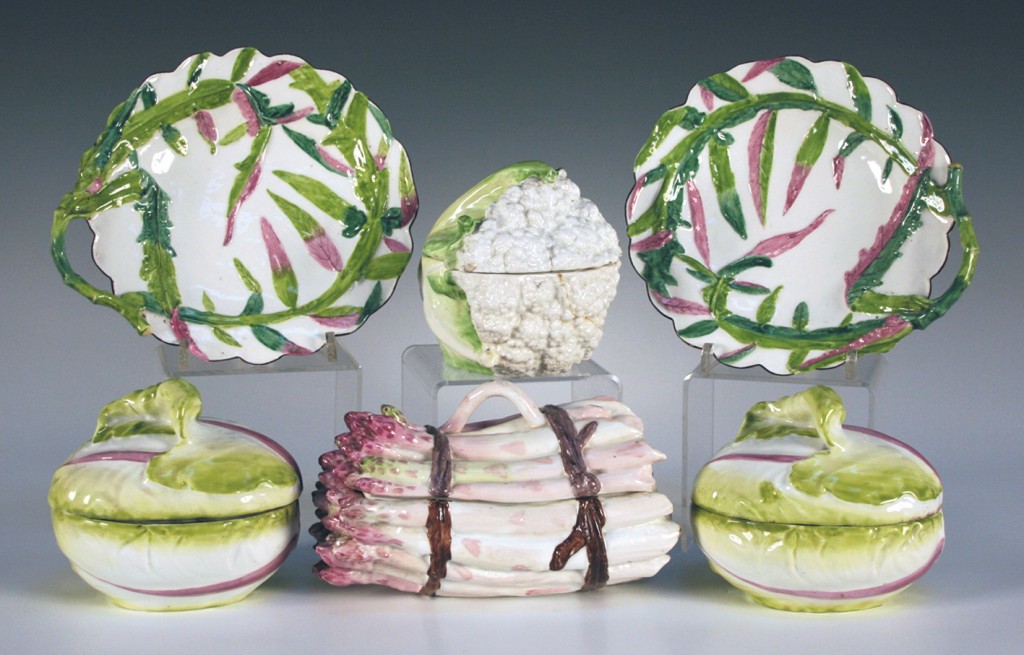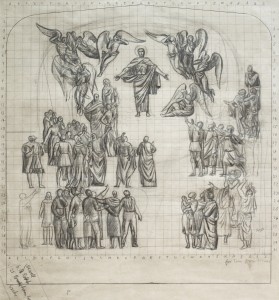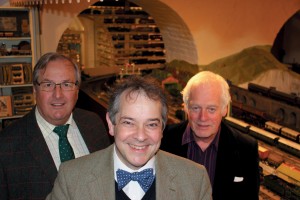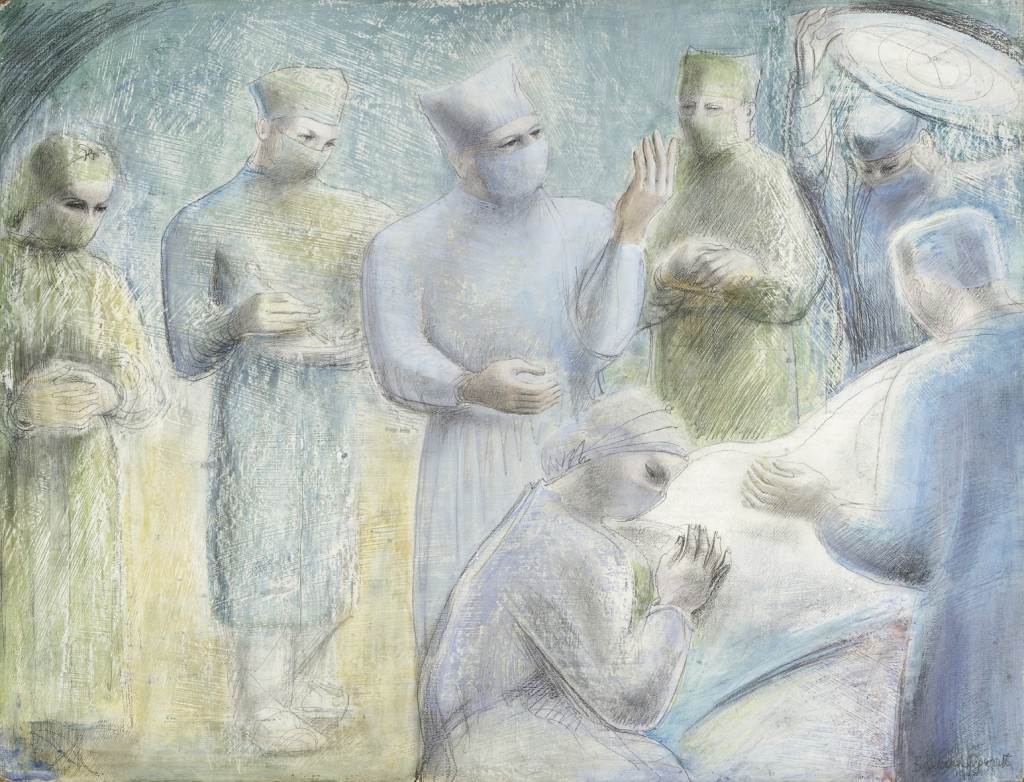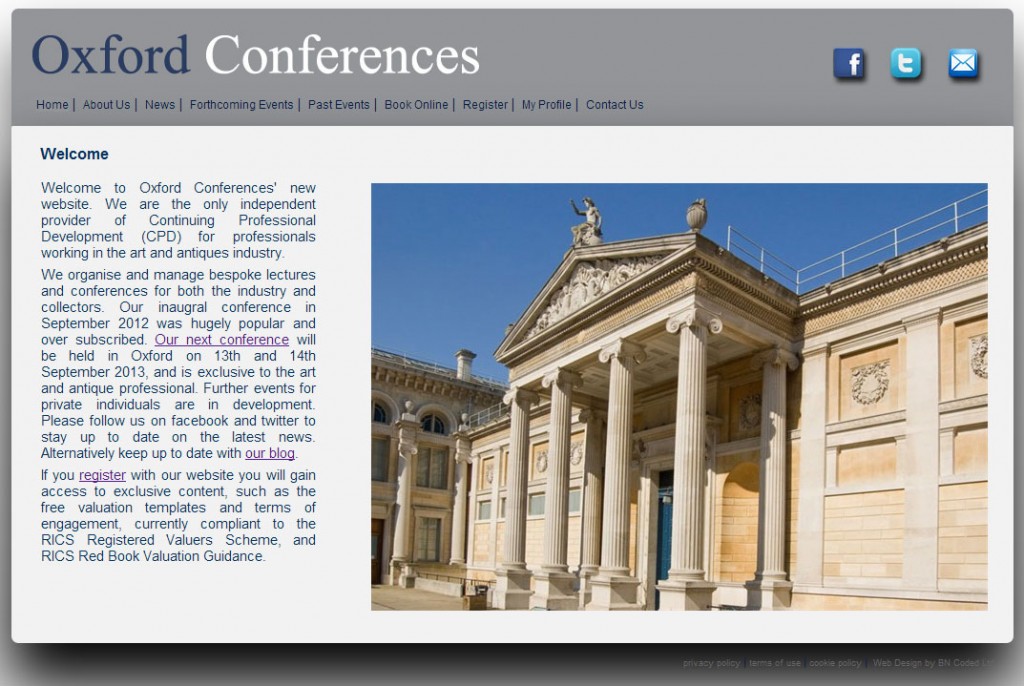 In 2012, Rupert Toovey and Jeremy Lamond founded Oxford Conferences Limited. It was established to deliver excellence through education and dialogue and is the only independent provider of continuing professional development for professionals working in the art and antiques industry. The inaugural conference was held in September 2012 and offered delegates a series of lectures at the Ashmolean Museum, Oxford. This year a conference exclusive to the art and antique professional will be held on 13th and 14th September. Further events for private individuals are in development.
In 2012, Rupert Toovey and Jeremy Lamond founded Oxford Conferences Limited. It was established to deliver excellence through education and dialogue and is the only independent provider of continuing professional development for professionals working in the art and antiques industry. The inaugural conference was held in September 2012 and offered delegates a series of lectures at the Ashmolean Museum, Oxford. This year a conference exclusive to the art and antique professional will be held on 13th and 14th September. Further events for private individuals are in development.
Oxford Conferences has recently launched its new website, visit www.oxfordconferences.org for more information.
